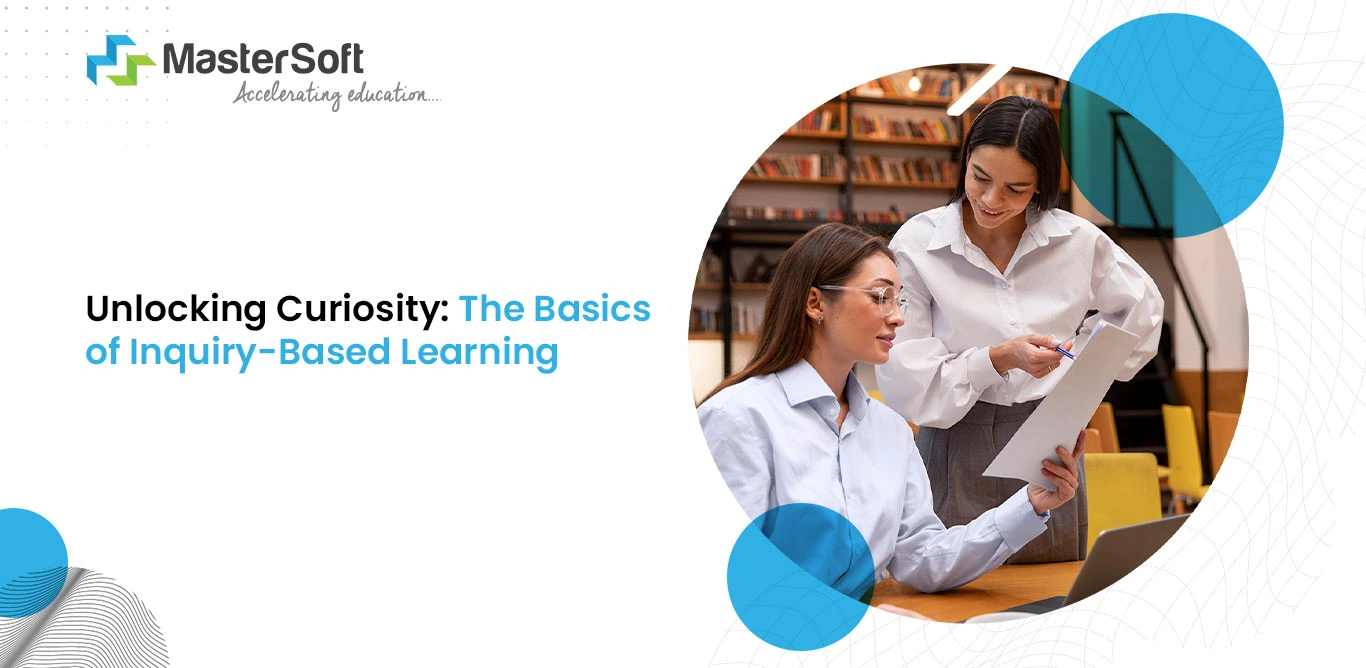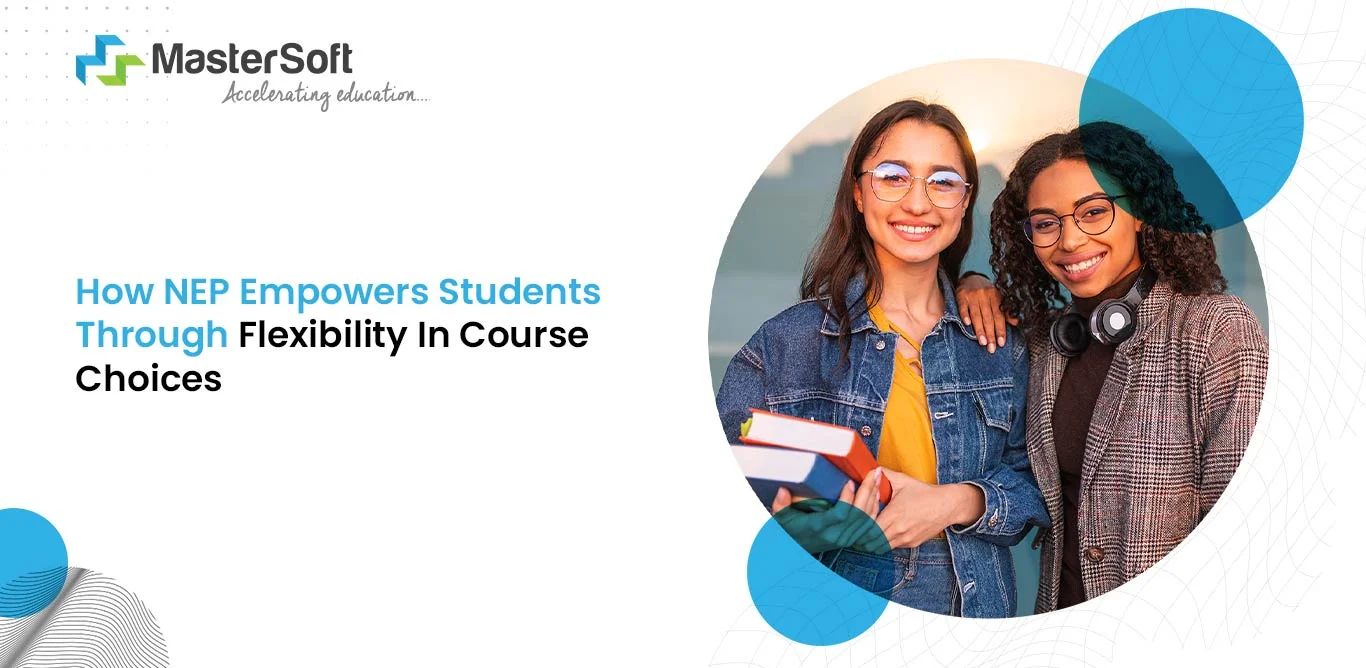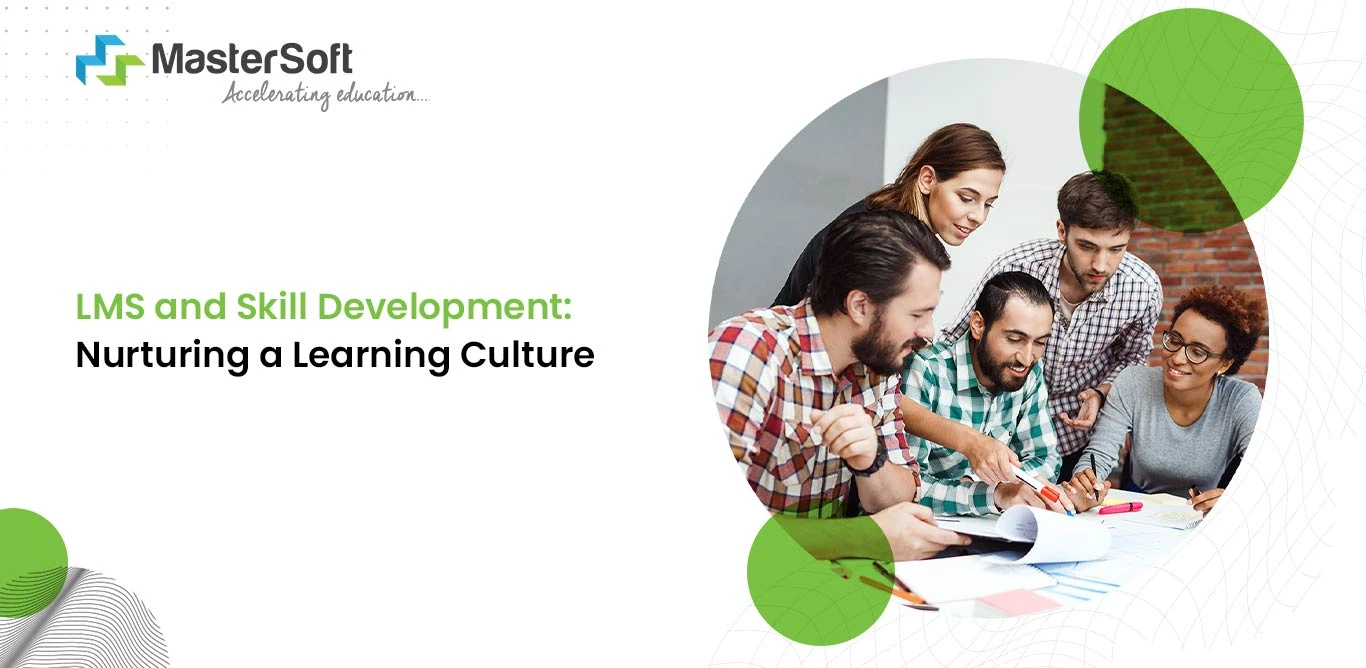25, Dec 2023
Overdependence on teachers or peers, textbook-oriented learning, and rote memorization are the core components of passive learning. Although these methods have been central to the traditional educational system, they are not the most effective ones.
An ideal approach such as inquiry-based learning is student-centric and engages students in critical thinking, in-depth analysis, and problem-solving. Instead of taking notes and following instructions passively, students ask questions and participate in varied activities.
Hence, it is only fitting to dive deeper into the details of the methodology.
Learning Management System - A Comprehensive Guide On LMS Software
What is inquiry-based learning?
Inquiry-based learning is an instructional approach that motivates students to ask questions and investigate real-world issues. It provides a stimulating learning environment wherein students engage in varied experiential learning activities.
Consequently, the learning approach helps students to make meaningful connections between what they learn in the classroom and the real world. Moreover, it enables them to think creatively and come up with novel solutions to problems.
Types of inquiry-based learning
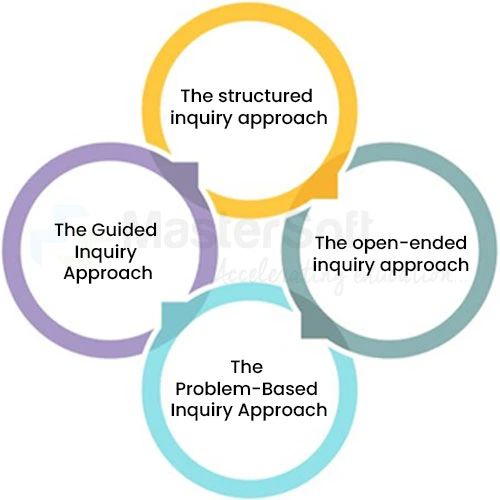
1. The structured inquiry approach
Encouraging students to ask questions without establishing any ground rules can lead to chaos and confusion. That is where building a structure is vital for successful teaching and learning. For example, the structured inquiry approach helps students learn the right way to ask questions and investigate problems.
This approach is particularly useful in science classes, wherein teachers provide a problem and teach the scientific process of finding a solution.
2. The open-ended inquiry approach
An open-ended inquiry approach is a flexible approach that gives students the freedom to ask questions about topics they study. It is an appropriate mechanism that teachers can use in classes for in-depth discussions.
Also, they can use it for debates and discussion sessions, allowing students to get different points of view. It also allows students to ask specific questions reflecting their doubts and uncertainties.
3. The Problem-Based Inquiry Approach
Theoretical classes will always be relevant and crucial for knowledge acquisition, but the issue arises when they are the primary source of learning. Textbook-oriented learning is useless without knowing its practical application.
That is where problem-based learning comes into use; teachers provide exercises wherein students work on real-world problems. For instance, they can ask to develop a plan or blueprint for hazard-free structures.
Besides, teachers can include the approach as a part of the e-learning modules, allowing students to pitch ideas. They can create business plans and mitigation strategies that meet societal demands.
4. The Guided Inquiry Approach
Although inquiry-based learning is primarily a student-centric tool, teachers continue to play the integral role of a mediator and facilitator. In fact, their assistance and guidance are vital for the effectiveness of the guided inquiry approach.
In this approach, students work through the inquiry process with the teacher’s assistance, enabling them to find relevant answers and solutions. Teachers can implement it at various academic stages and levels (from elementary to middle school to higher education).
How Do You Implement Inquiry-Based Learning?
1. Formulate Questions
The first and foremost step in this approach is to formulate open-ended questions. Also, since it is the starting point of the process, teachers must encourage them to ask open-ended questions.
Furthermore, the structure and type of questions depend upon the specific subjects and topics; for instance:
- For literature and history, teachers can ask students to delve into describing the motivations for specific characters. They can highlight the complexities and development of the characters in a novel.
- On the other hand, they can delve into the underlying reasons or question the causes of particular historical events.
- This is an initial step that establishes the interest and curiosity of students, impacting the success of the next steps.
2. Facilitate Exploration
Once the teacher and students have indicated several questions, the latter can proceed to explore the possible answers. They can begin exploring the topics by themselves through online resources, books, etc.
Solitary exploration is a time when students investigate on their own without relying on others, helping to sharpen their investigative skills. Also, it assists in gaining a better understanding of the material.
3. Provide Resources
Teachers may assist in terms of additional sources, such as website links, PDFs, books, articles, etc. Besides, they can store a variety of educational resources through the LMS software, enabling learners to gain easy access.
Therefore, students don’t have to spend extra time and effort browsing online for documents and materials. Thankfully, they can get the relevant resources with just a click of a mouse.
Besides, it ultimately helps to improve their knowledge and clarify the concepts in a shorter period of time.
Learning Management Systems: Why Do Institutes Need To Think Of Advanced LMS Software?
4. Discussion
When the students have gathered enough knowledge about certain topics, teachers can conduct a discussion session. They can hold one or more sessions, depending on the complexity of the topic.
Furthermore, it allows students to engage in interactions, allowing them to share each other’s ideas and get a better grasp on the material or topic. Also, they can conduct discussions in the following ways:
- One-on-one interactions
- Group collaboration
- Group discussions
- Guided exploration
Besides, different types of discussions help students refine their research questions and navigate complex topics. Additionally, teachers can conduct them online through the LMS or in person. It provides students with assurance that they are on the right track in the investigation.
Summarise
Towards the end of the lesson, teachers can conduct a class to summarise the learning in the following way:
- Highlight the key points on which the majority of the students agreed.
- Clarify the doubts that individual students have through group discussions.
- Keep a record of the valid points made in favour of the topic.
- Ensure that the topics have been supplemented by valid material and resources.
What are the advantages of inquiry-based learning?
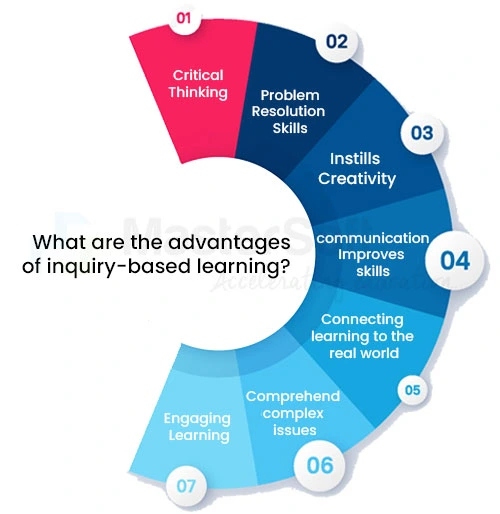
1. Critical Thinking
The traditional education system primarily encourages students to study textbooks and memorise the facts. They retain knowledge with the sole purpose of answering questions and scoring sufficient marks to pass the exams.
Inquiry-based learning is a stark contrast to the conventional approach; it goes against the long-followed approach. In fact, it encourages the students to not accept everything at face value and express their doubts.Moreover, the learning approach urges the student to think about a topic from various perspectives and analyse cause and effect. As a result, they learn to exhibit the following characteristics:
- They go beyond the "herd mentality", wherein individuals blindly follow what most believe is correct. On the contrary, individuals with critical thinking skills analyse situations independently and decide accordingly.
- They develop creative problem-solving skills, succeeding in coming up with innovative solutions to problems.
- They utilise different educational sources, including e-learning materials to validate and verify facts from fiction.
2. Problem-Resolution Skills
Whether students engage in online classes facilitated by the LMS software or attend in-person classes, they can learn effectively. However, teachers are significantly responsible for enriching learning experiences.
But what are enriching classes? The answer lies in productive learning, wherein students gain in-depth knowledge and skills. For instance, when students engage in various inquiry-based activities, they learn problem-solving skills.
Moreover, they are able to think outside the box and develop unique solutions to problems. This is a useful skill that has an overarching influence on their future, helping to solve workplace and personal issues.
3. Instills Creativity
Linear teaching and learning methods propel students to follow a predetermined path to study; however, inquiry-based learning marks a major difference. In this approach, students embark on an independent journey to self-analyse topics.
They search and investigate different sources, and in the process, they learn varied ways to explore and solve a problem. They do not have to adhere to any particular way of thinking or approach; instead, they can share their own perspectives.
4. Improves communication skills
This approach goes beyond the conventional homework and classwork modules of the learning system. It emphasises experiential learning and includes several exercises wherein they must interact with their peers.
Be it group discussions or one-on-one conversations, it encourages students to share their opinions backed by relevant information. As a result, it helps to improve their communication skills in the following ways:
- They become more adept at presenting their thought processes coherently.
- They learn to demonstrate their dissent or opposing views respectfully and concretely.
- They become aware of diverse perspectives, helping to think from other people’s points of view.
5. Connecting learning to the real world
One of the most distinctive features of inquiry-based learning is that it connects learning with real-world problems. Therefore, students don’t explore topics from a hypothetical standpoint; rather, they explore topics or issues in a real-world context.
Hence, whatever they learn in the classroom allows them to see if it is relevant to the real world. For example, they can explore the application of quantum physics in daily life or the importance of geometry in problem-solving.
Therefore, the next time they encounter an issue, they will be able to find practical solutions.
National Education Policy 2020: All You Need To Know About NEP 2020 For Schools
6. Comprehend complex issues
The difference between issues that occurred a few decades ago and ones that have been occurring presently requires different solutions. This is an example of the context that students must be aware of.
Inquiry-based activities help to make such distinctions and aid in understanding complex topics. As a result, they can learn about the topics more meaningfully.
7. Engaging Learning
Active or participatory learning is at the core of this approach, encouraging students to take an active interest in their learning process. Besides, teachers prepare the lessons and activities in a way to engage students in the sessions or group work.
Consequently, they retain knowledge and are able to gain a deep understanding of the varied topics. More importantly, the learning method is fun and interactive; hence, they get enthusiastic about improving their knowledge and skills.
Final Thoughts,
Inquiry-based learning is a unique pedagogical method that encourages students to ask questions and explore the answers. It is an innovative approach that instills problem-solving skills and creativity in students.
Streamline Teaching-Learning Process with MasterSoft’s Learning Management System.
Mobile: 08448010216
Email:info@mastersofterp.com

